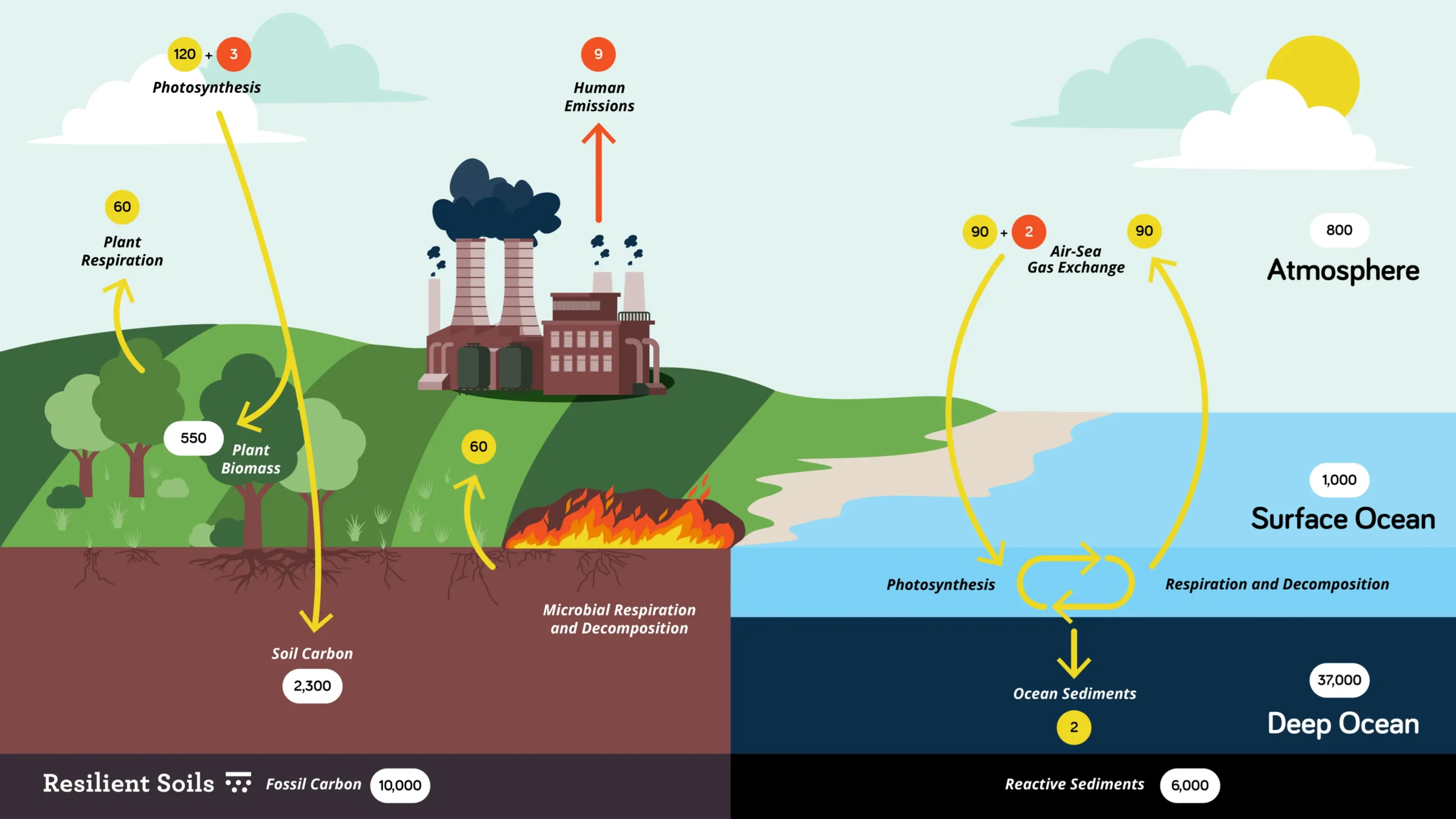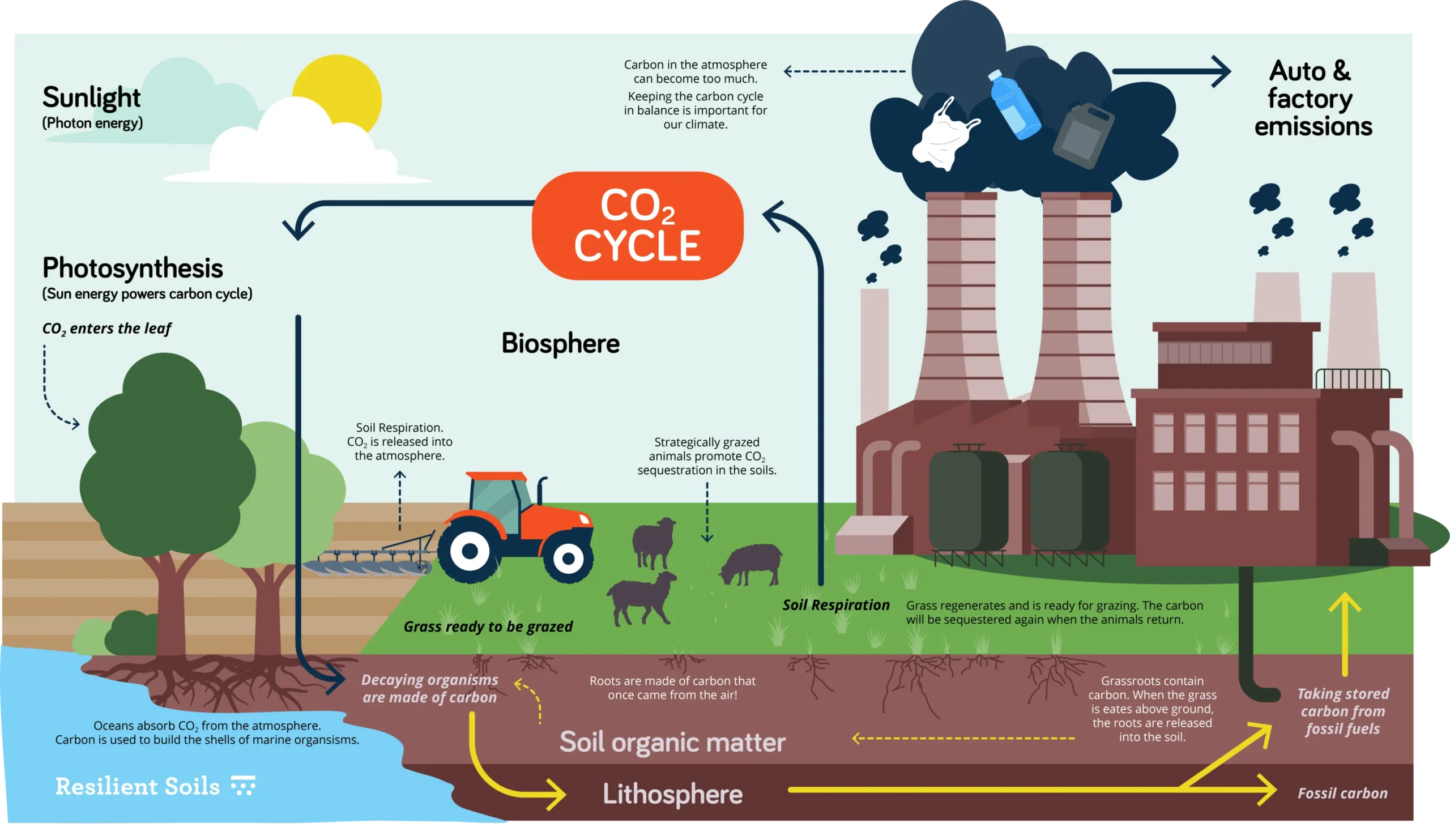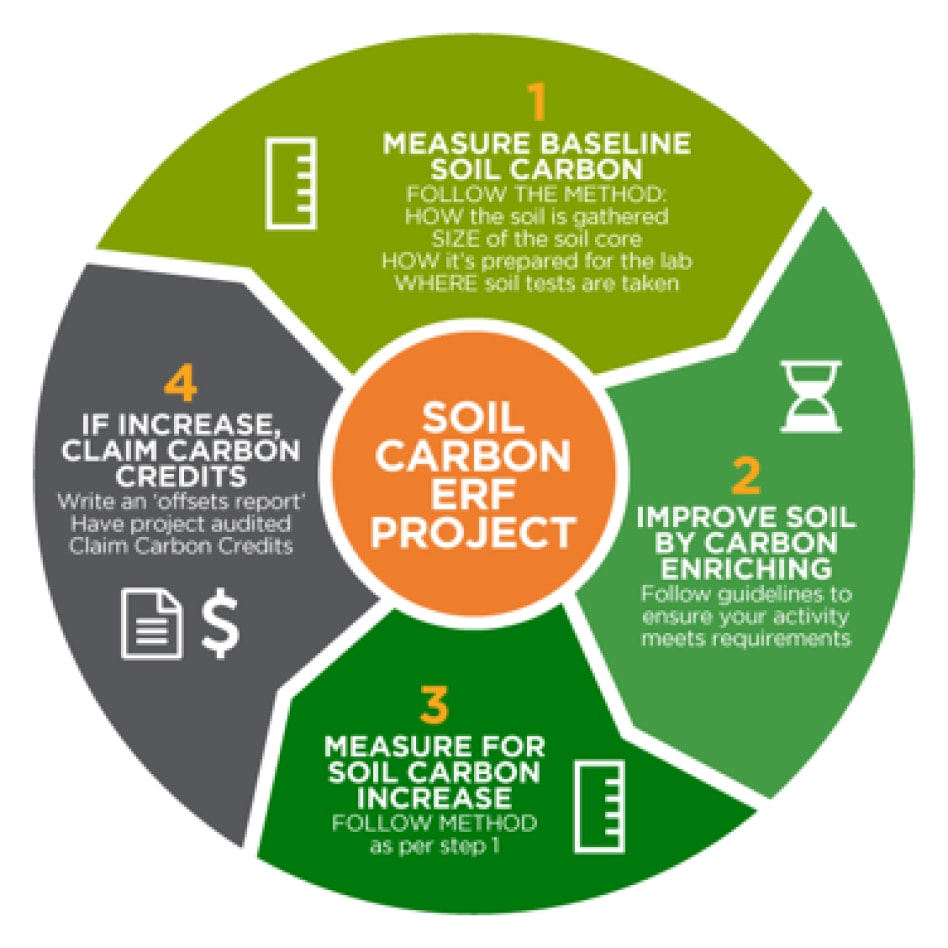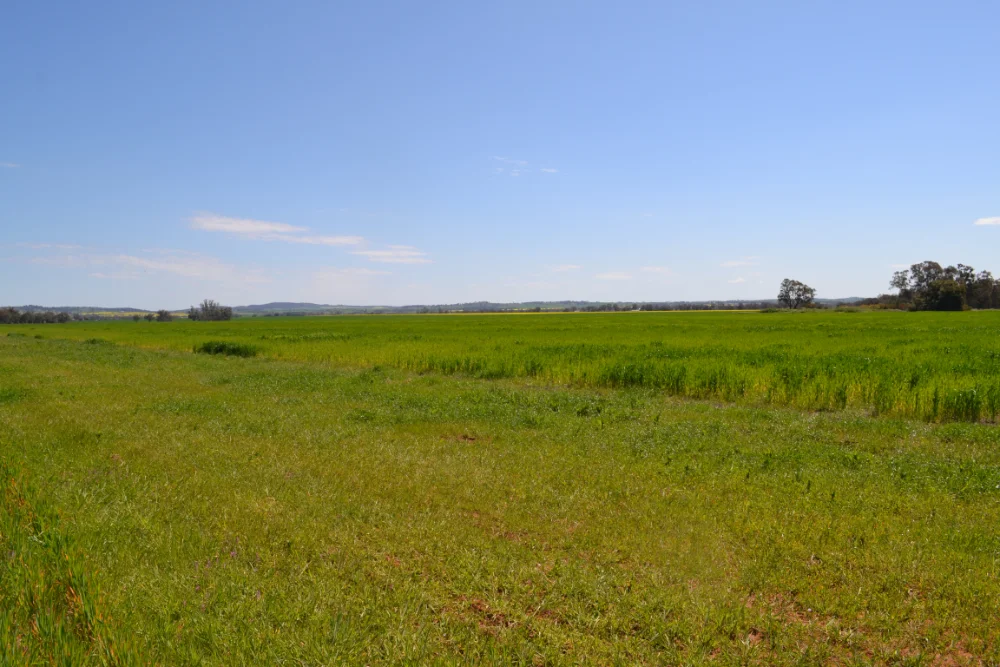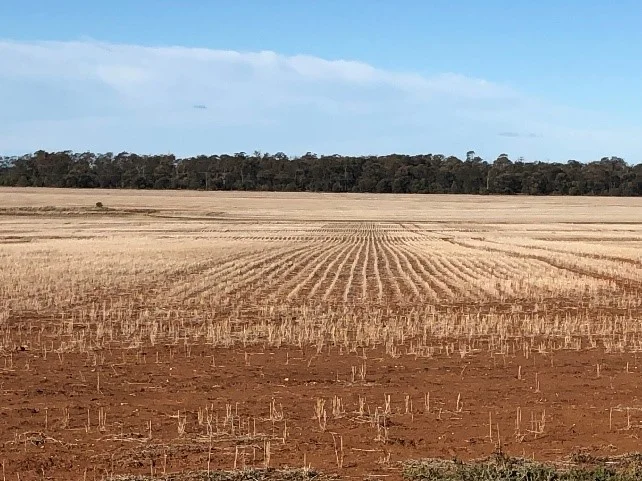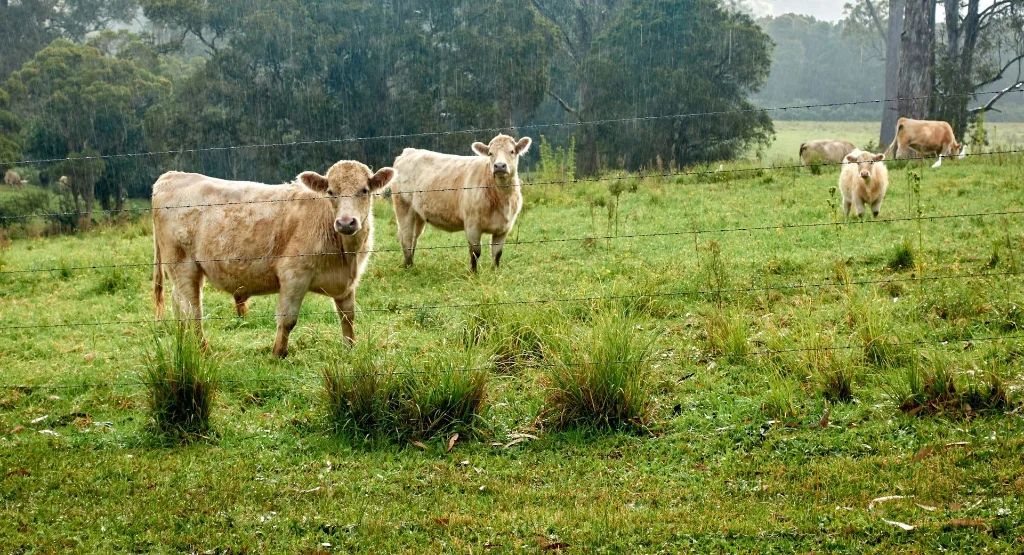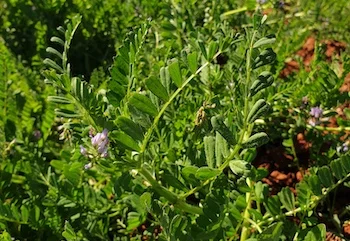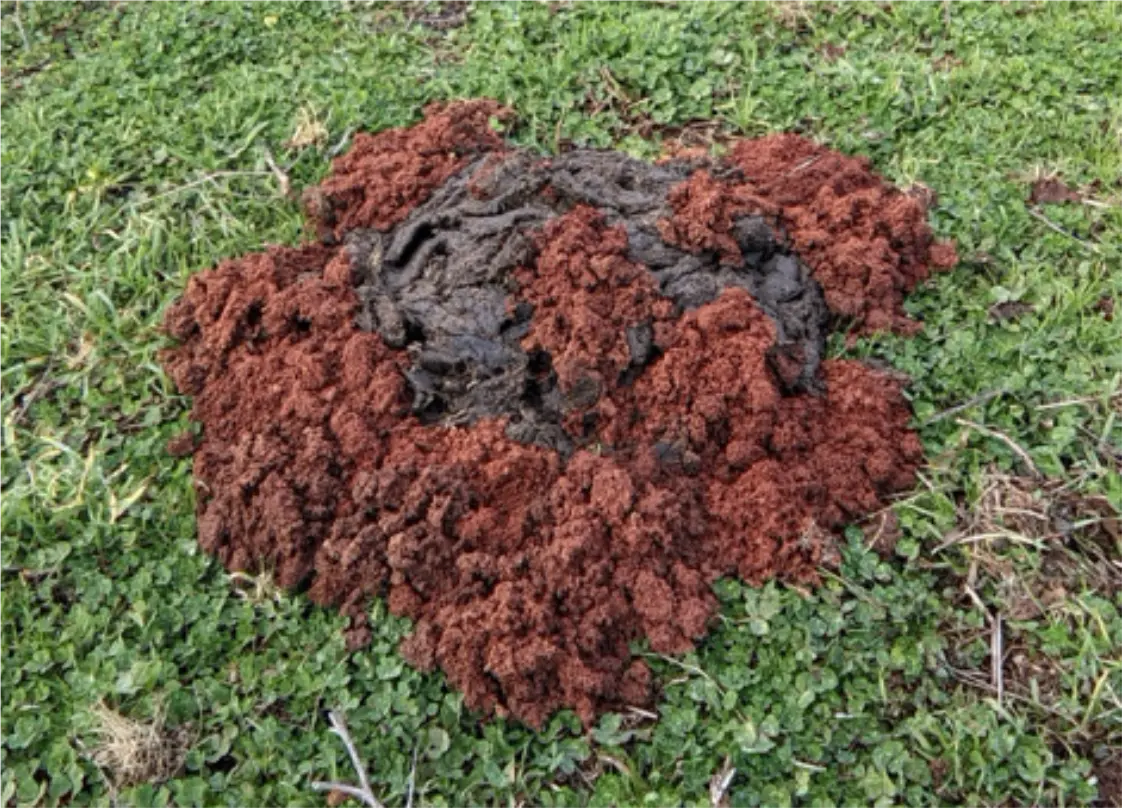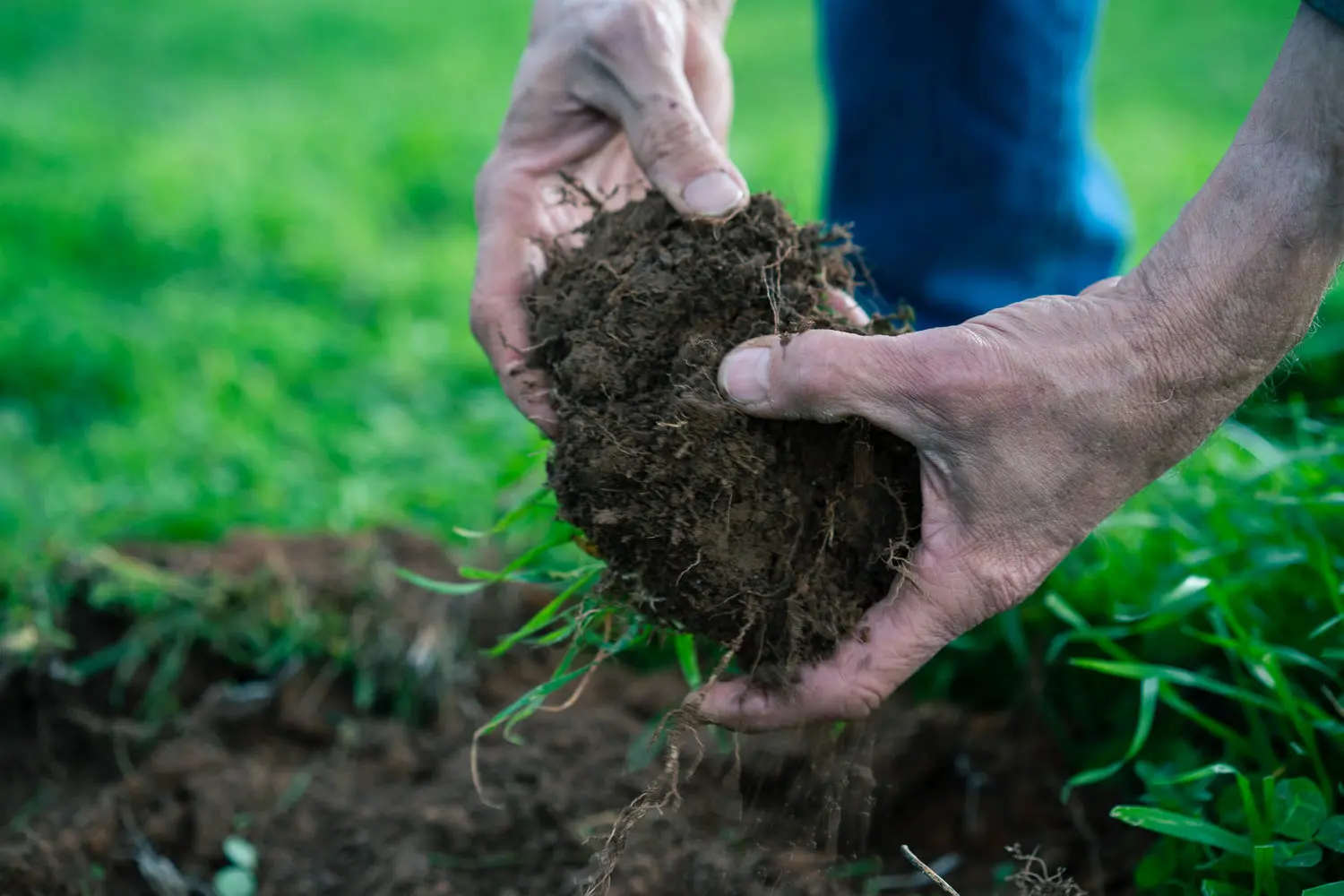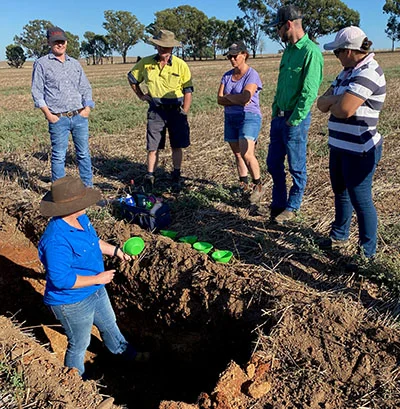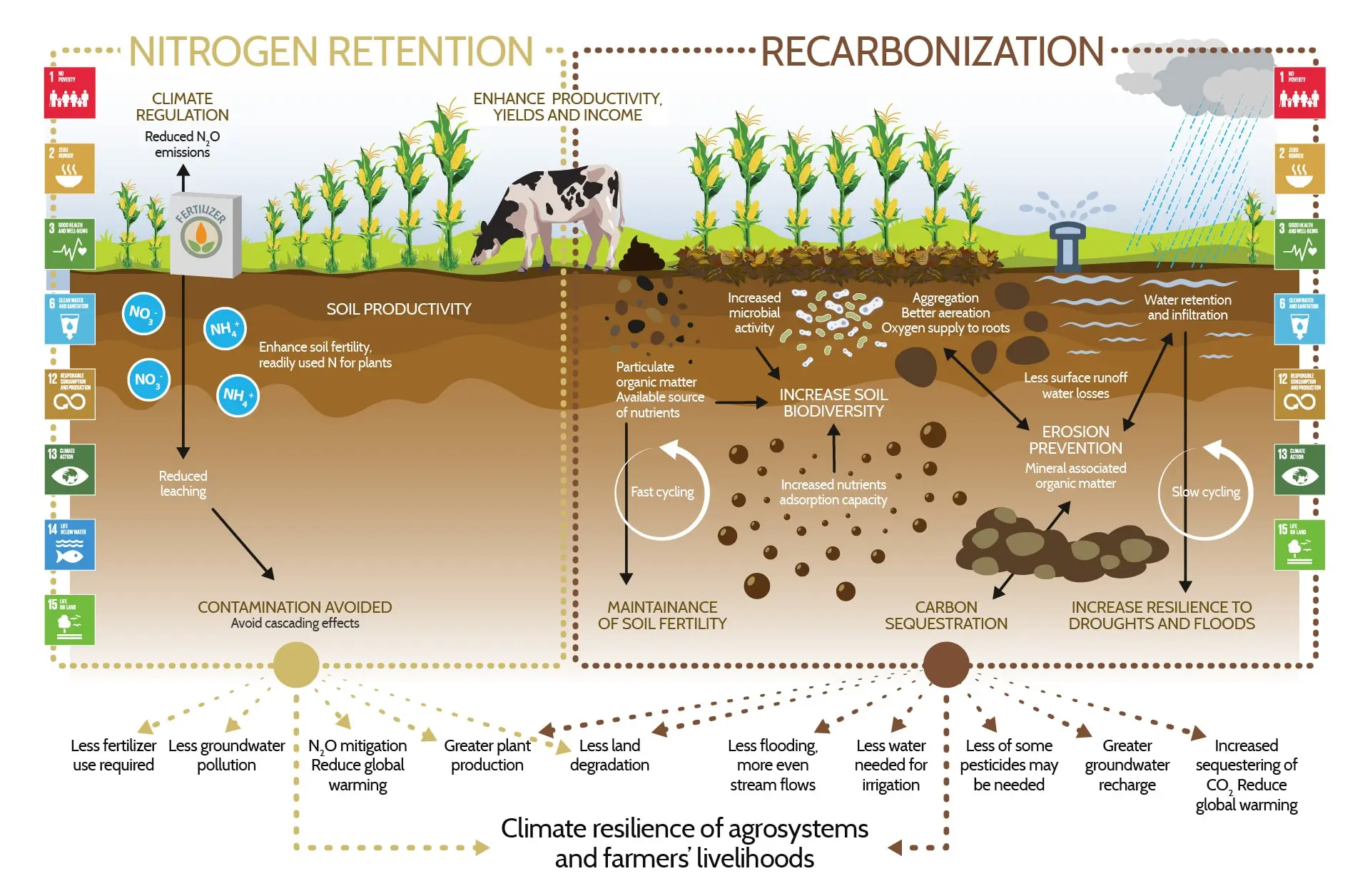The importance of soil carbon
Soil carbon is crucial for soil health, improving productivity, profitability, and resilience against climate change. By enhancing soil carbon, we can increase soil’s ability to retain water and nutrients, thereby supporting better crop yields and biodiversity. Moreover, soil acts as a significant carbon sink, storing more carbon than the world’s biomass and atmosphere combined, which makes it a key player in mitigating climate change.
Sustainable land management practices, such as reduced tillage, cover cropping, and organic farming, can increase the soil’s organic carbon content. These practices not only help in capturing CO2 but also improve soil structure, reduce erosion, and increase farm sustainability.



